

Category: All About Guns


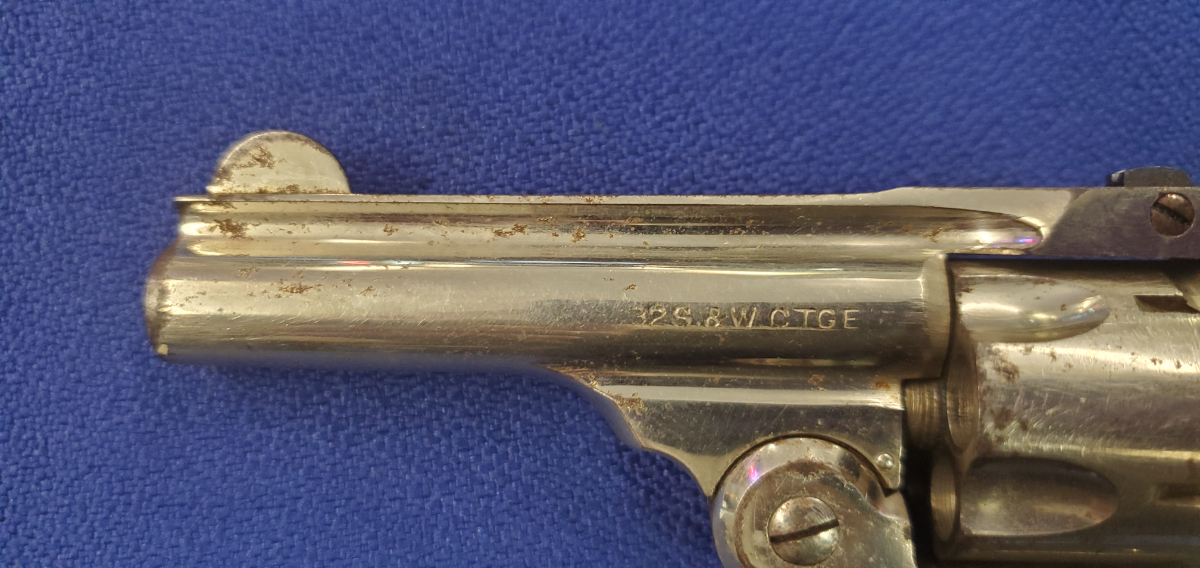
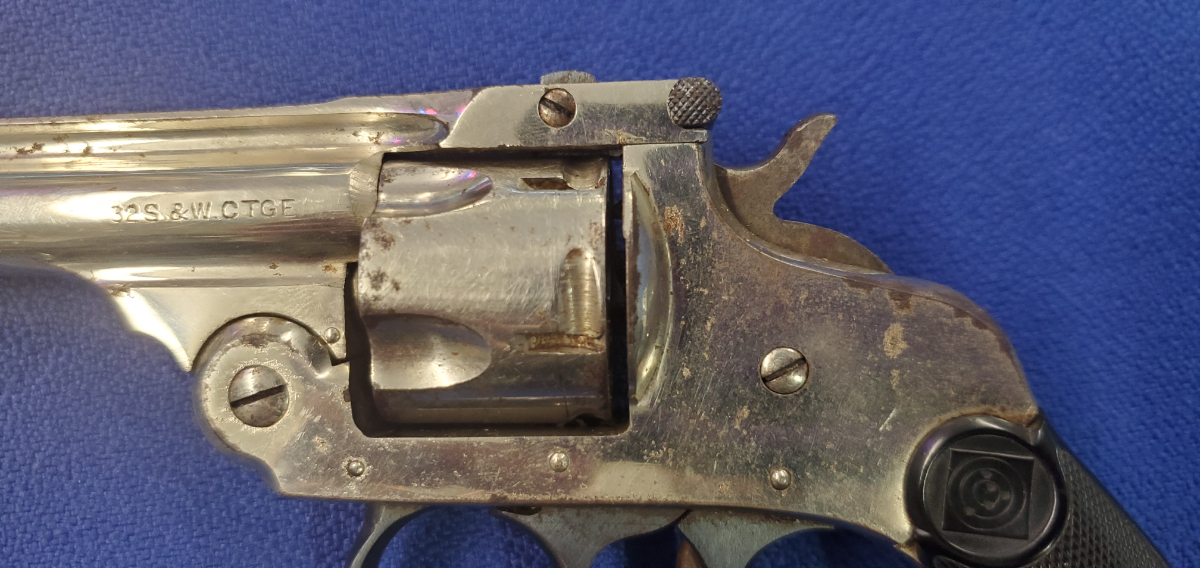
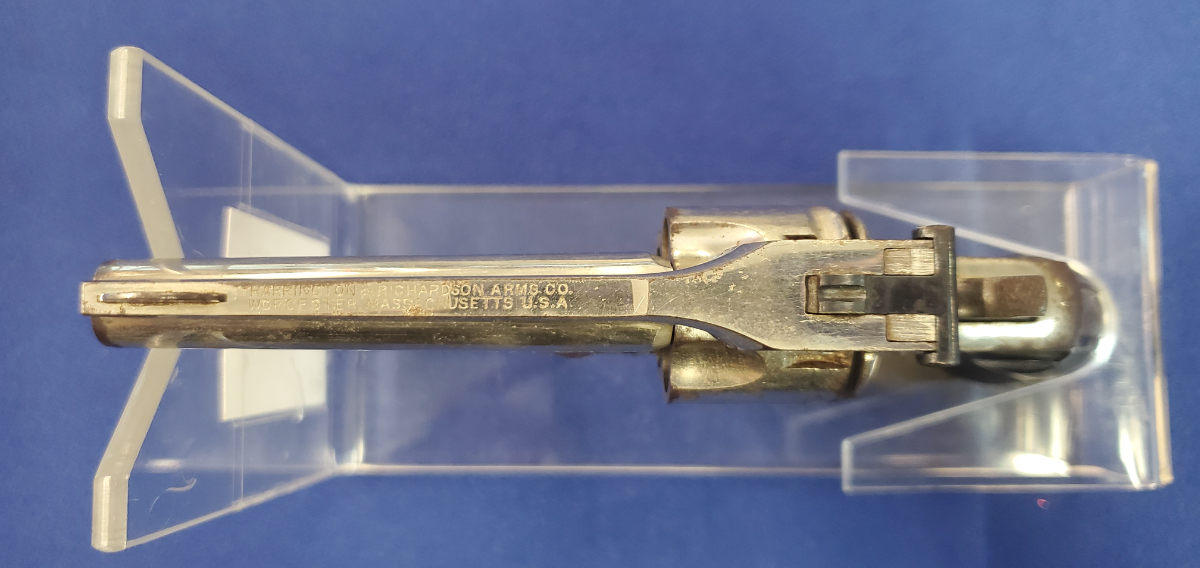
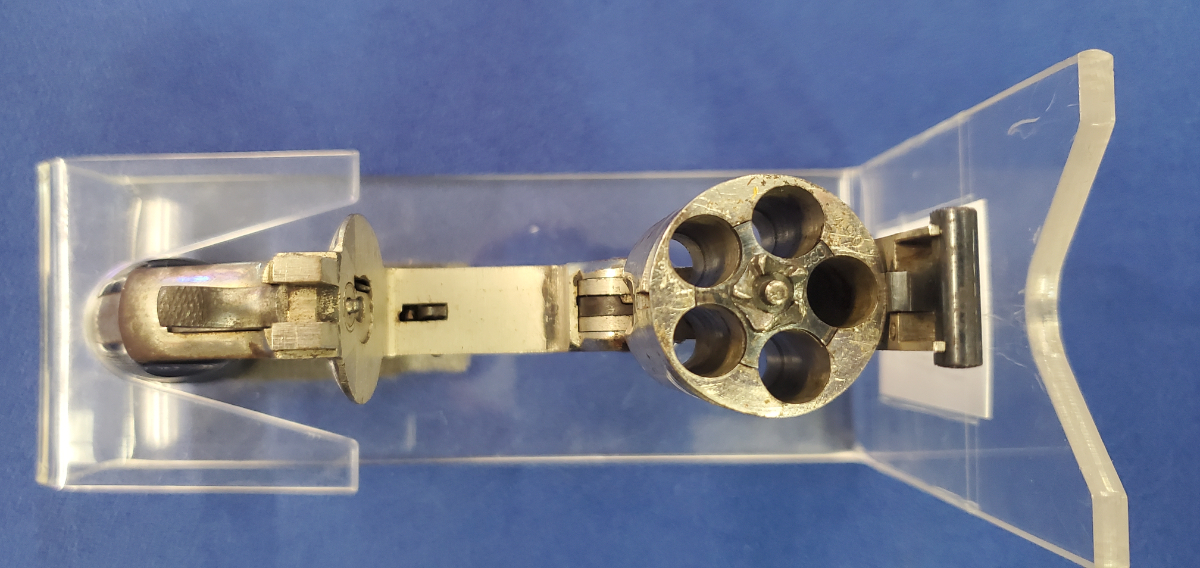
This Is My Dad’s Favorite Gun



Ok, one of my favorites. Truly a ‘Strange’ one. This is the Lewis Light Machine 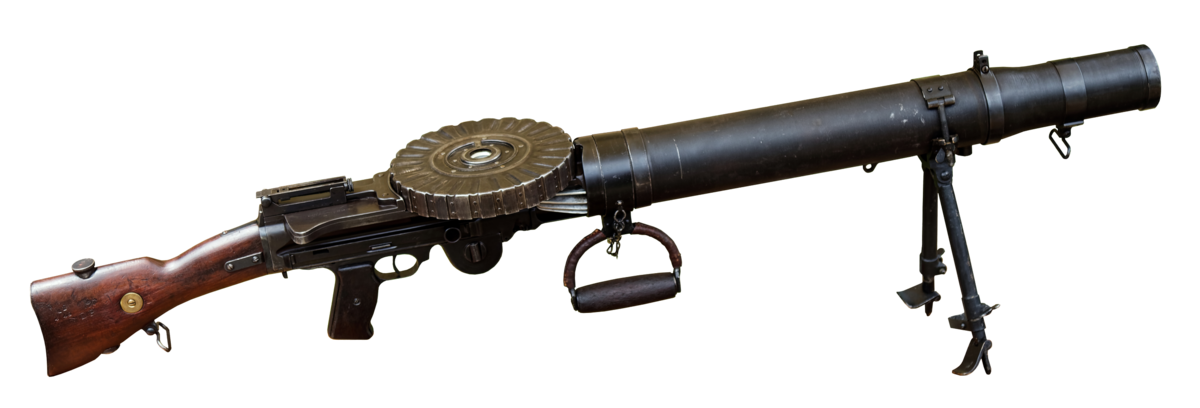
The wide ‘barrel’ is actually a aluminum web heat sink inside a brass collar to keep the barrel cool, it is fed by a circular pan of 97 rounds in a drum that could be replaced by an infantry gunner and his assistant in about 30 seconds using this handy tool.
Simple right?
Unless of course, you’re in an aircraft, specifically a very light handling Martinsyde Scout and it’s 1915, before there was ever such a thing as an interrupter gear so that you could shoot through your spinning propeller.
So, in YOUR case, the Lewis gun is on the top of the wing above the pilot’s seat, so that you can reach with one hand as you manipulate the gun, charging, readying the weapon, etc.. Hopefully, you won’t have to reload another drum.
Or deal with a jam, like what happened to (believe it or not) one Captain Louis Strange.
With an enemy plane in his sights he got off one or two rounds and his Lewis gun jammed. Turning away, he tried to charge the weapon, and realized that to clear the jam he would have to loosen the drum with that tool and then tighten it back down,…. while flying,…. with an enemy observer still firing at him. So he put the plane into a gentle climb loosened his restraint, and holding his joystick between he knees, stood up to adjust the drum with that tool using both hands.
You see what’s coming, right? Well, he didn’t.
Just as he got the first turn to loosen the drum slightly, the plane stalled and spun, and out of the cockpit he went, with his only handhold to his craft the now loosened Lewis drum.
8000 feet in elevation doesn’t give one much time, or options, especially with an enemy still in range with a loaded weapon.
So, brilliant man that he was, Captain Strange realized that his handhold was tenuous at best, so he switched one hand to grab the upper mount bracket of the weapon (just as his other hand slipped) and managed to swing a leg upward to try and kick the joystick over as the plane was now in an upside down dive.
After what must have seemed like forever, he did manage to do just that, but the sudden spin of the aircraft as he connected with his foot dropped him into the pilots seat with such force that he broke the seat and pinned the control wires running beneath it to the tail, and his numerous misses at the joystick had smashed many of his gauges and indicators.
Managing to half crouch and lift the seat with one hand, he was just able to control the aircraft and get back to level flight just at treetop level and head back to his airfield. Where he was chastised for ‘willful damage to his own aircraft’.
He would finish the war as a Lieutenant Colonel with a DSO, DFC, and Military Cross, along with three Mentions in Dispatches and remained in the RAF until retiring through poor heath brought on by his war service in 1922.
But he would still mobilize and serve at the age of 48 in 1939 in the RAF, earning a second DFC for flying a Hawker Hurricane from France to England, despite the fact he had never flown the plane before, and was set upon by no fewer than six enemy Messerschmitts. The plane he flew had no ammunition when he took off, so his exploit was simply to avoid the enemy planes by extreme low-level fast flying through a small French town and the countryside, dodging church steeples and trees.
He passed away in 1966 at the age of 75.
